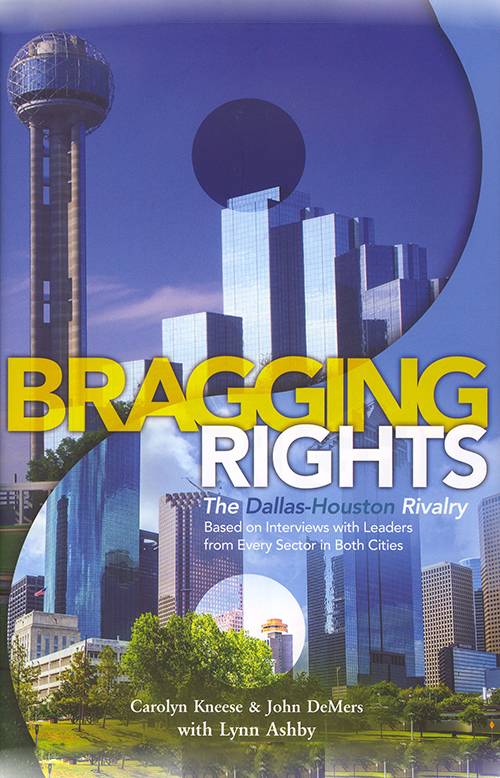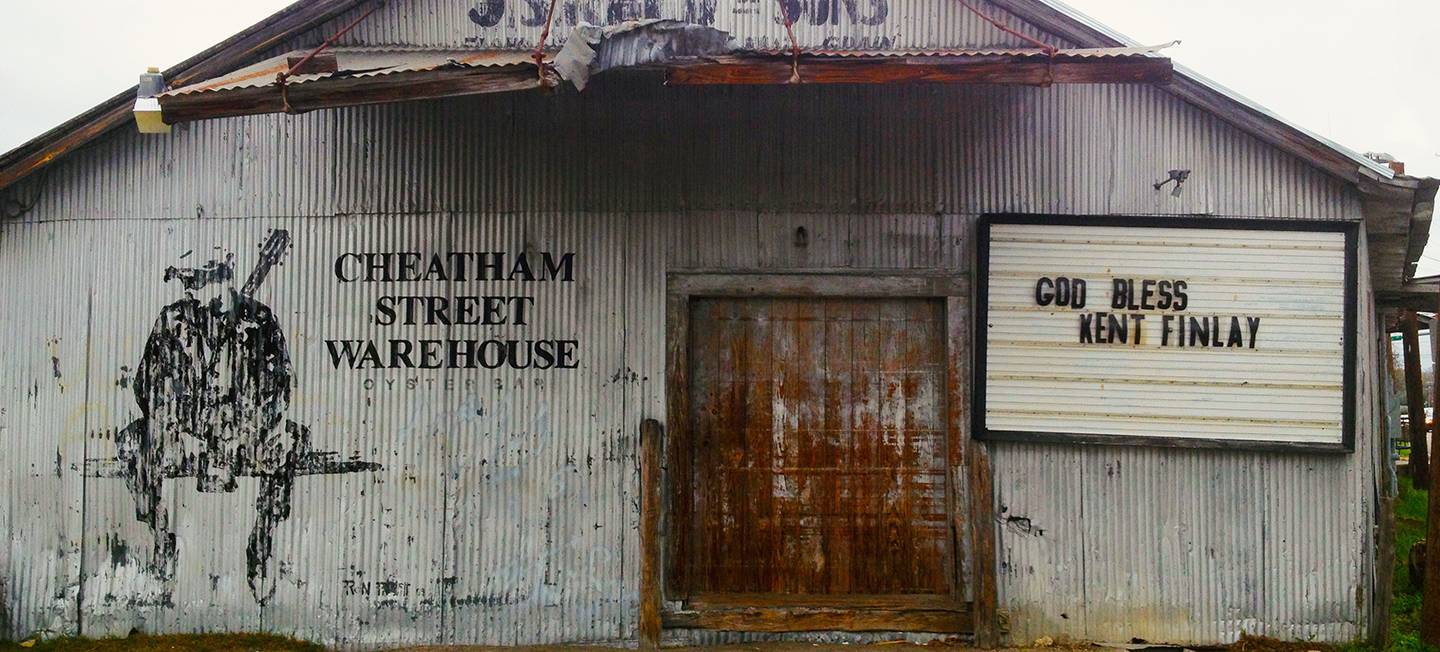What About San Antonio?

Bragging Rights: the Dallas-Houston Rivalry
by Carolyn Kneese, John DeMers, and Lynn Ashby
Houston: Bright Sky Press, 2014. 207
pp. $24.95 cloth
Reviewed by
Joseph Fox
In a state that prides itself on being a great place to live, the Texas mythos can sometime seem like an overinflated balloon ready to burst from its own bravado. There is an obsession with being the biggest, the most, or the best that permeates Texas identity. To an outside observer, it may seem like Texas has drank too much of its own Kool-Aid, but to a native Texan or transplant to the state, the claims connected to the Texas mythos have a tangible basis in reality. In her book Bragging Rights: the Dallas-Houston Rivalry, Carolyn Kneese teams up with journalists John DeMers and Lynn Ashby to examine the on-going rivalry between Dallas and Houston over which is the best of two of the largest cities in the Lone Star State.
Arguments over what qualifies as the ‘best’ city seem difficult to determine with one-hundred percent certainty. However, Kneese, DeMers, and Ashby try to point the reader in the right direction by first briefly setting the rivalry in historic terms going back to the founding of both cities and how they both rose to prominence. In the case of Houston, the city had its start under the vision of two brothers—Augustus Chapman Allen and John Kirby Allen— as the self-proclaimed capitol of the Republic of Texas and the site of a future, prosperous port in 1836. Although the vision of the Allen brothers for Houston was frustrated by squalor, drunken violence, and yellow fever; it grew through its port, oil, and natural gas industries into the fourth largest city in the United States.
Size itself may lead many Houstonites to brag that Houston is the better city since Dallas isn’t even larger than San Antonio. However, Dallas also boasts a rich history going back to the small settlement along the Trinity River started by merchant John Neely Bryan in 1841. Despite not having natural oil wells like Houston, Dallas was able to grow as a city by being a welcoming place to financial industries such as banking, insurance, and retail. Despite a difference in industry, both cities grew to prominence by attracting private businessmen (both from Texas and out of state) with an entrepreneurial and philanthropic culture that judges people not on who they are but what they offer to their city.
After giving a short historical overview of Dallas and Houston, the authors describe prominent businesses and other aspects of both cities through prominent civic leaders.
Like two middle-aged men arguing over who caught the bigger fish, it can be difficult to make a qualitative judgment over what city offers more to a perspective visitor or resident. Aside from obvious Texas arguments such as whether the Dallas Cowboys or Houston Texans are the better football team, subjects discussed include what city is the best for business, most diverse or metropolitan, has the most churches or religions, the best artists, the most advanced medical facilities, does the most for the their young people in terms of education, has the most interesting architecture, and showcases the most innovative chefs and restaurants.
Negative aspects such as traffic, pollution, and poverty are rarely discussed of either city. As a result, the reader never gets a second opinion aside from the occasional jab at the opposite end of Highway I-45. However, the Dallas and Houston civic leaders who make the pitches for their perspective cities offer a portrait of what an urban, metropolitan Texas looks like. What is impressive are the sheer number of diverse views the authors were able to find that were willing to make a pitch for the city they live in. These civic leaders range from Texas politicians such as the first openly gay mayor of Houston, Annise Parker to prominent businessmen, artists, doctors,writers, chefs, educators, real estate agents, architects, and a host of others.
Clearly, the Texan tendency to brag remains as potent as ever. Whether the reader prefers Dallas or Houston, this book convincingly makes the case that there is still a lot happening deep in the heart of Texas, and that the bravado is not just a bunch of hot air.
Joseph Fox is a Graduate Student and Instructional Assistant in the History program at Texas State University in San Marcos, Texas. He is a historical marker for the Texas Historical Commission, and he is conducting research on the rivalry of regional Texas brewing companies such as Lone Star, Pearl, and Shiner. Mr. Fox is currently writing articles for the Handbook of Tejano History.
